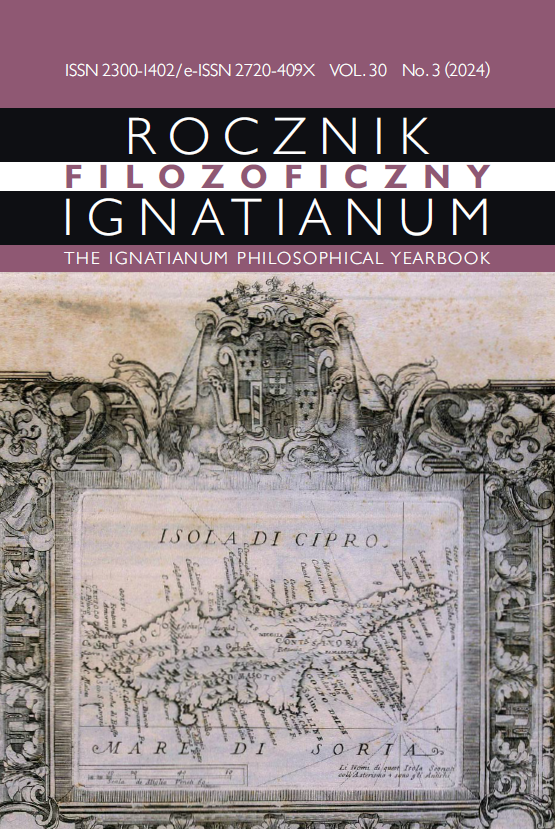Cyprus under the Lusignans (1192–1474) in Late Medieval Castilian Travel Accounts
Abstract
This article presents a comprehensive analysis of the landscape of the Latin Kingdom of Cyprus (1192–1474) as depicted in late medieval Castilian travel accounts. Governed by the French Lusignan dynasty, Cyprus became a strategically vital hub in the eastern Mediterranean, blending Western European, Byzantine, and Muslim influences. It served as a crucial stopping point for travellers en route to Palestine or Egypt. Among the various accounts, the narrative of Pero Tafur, a traveller from Castilia who visited the island in 1437, stands out for its detailed depiction of Cypriot political life. His observations offer valuable insights into the Kingdom of Cyprus during that period. Additionally, Cypriot themes appear in other works which were an imaginary form of travel accounts. Castilian travellers and chroniclers produced accounts that, though not without errors, provide reliable descriptions of life in Cyprus. The study of these Castilian travel accounts, known as libros de viajes, enhances our understanding of the role of the Latin Kingdom of Cyprus in medieval Europe and highlights the influence of these travel experiences on the development of humanism in the Kingdom of Castile and León.
Copyright (c) 2024 Ignatianum University in Cracow

This work is licensed under a Creative Commons Attribution-NoDerivatives 4.0 International License.
The Yearbook only accepts materials for publication that are free of all conflicts of interest, and that in no way involve conflicts over authorship, copyright, etc. The Editors will take action against any cases of plagiarizing, ghostwriting1, guest/honorary authorship2, etc. Where co-authored work is concerned, the Author listed first is expected to take responsibility for the submission, and is required to make clear the contributions of all of the Co-Authors involved. In the event of the publication owing its existence to funding dedicated to this purpose, this fact should be made clear: e.g. in any note of thanks/acknowledgement, or in a footnote, etc. Explicit notification should be given of any form of reprinting, with the appropriate evidence of permission to publish being furnished as required. Any impropriety on the part of Authors/Reviewers risks exposing them to appropriate responses from the relevant institutions.
______
1 This term refers to instances of a person who has made an essential contribution being omitted from the list of authors, or from notes conveying gratitude and/or acknowledgement.
2 This occurs when a person who has made either an insignificant contribution or no contribution at all nevertheless appears on the list of authors.





